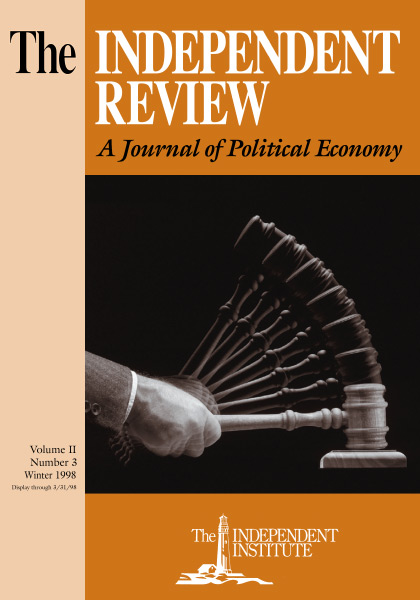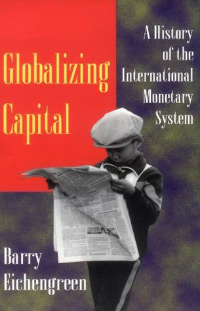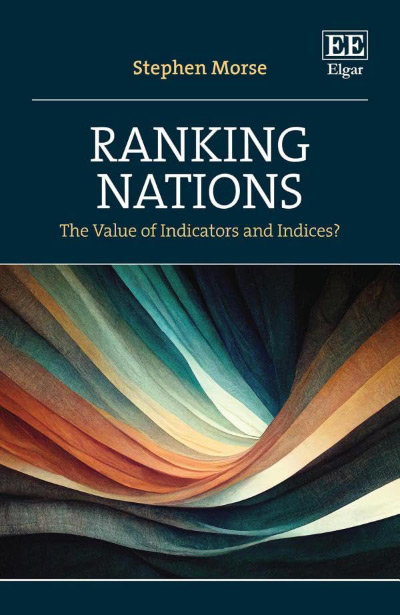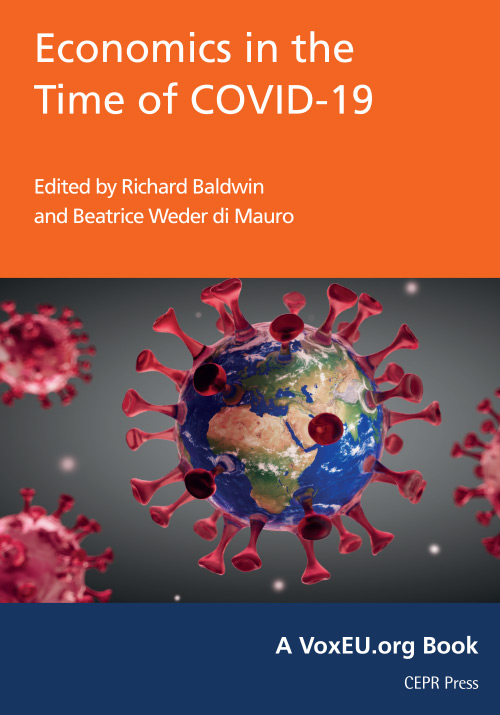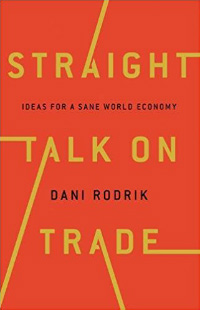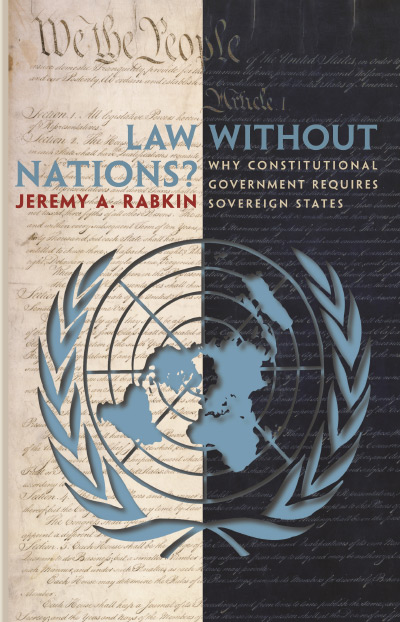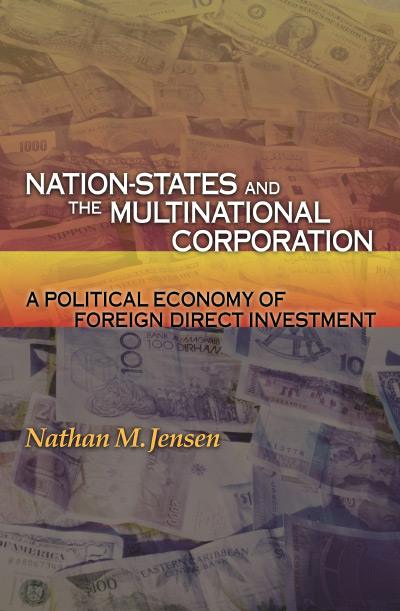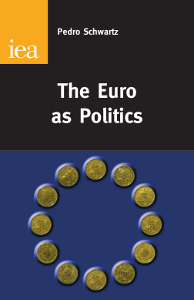A major theme of Barry Eichengreen’s accessible history of the international monetary system since 1850 is that pegged exchange rates are viable when governments are insulated from domestic politics. Under domestic political pressure governments will give up exchange rate stability—external stability of the currency—for other goals, such as low interest rates and high employment.
The study traces the changing face of international monetary regimes:
- fixed-exchange-rate commodity-based systems—bimetallic before 1870, the gold standard thereafter—until World War I;
- the postwar reconstruction of a fixed-exchange-rate gold exchange standard, and its disintegration in the 1930s, followed by managed floating exchange rates before World War II;
- the Bretton Woods system of pegged but adjustable exchange rates from 1946 to 1971;
- and the variety of exchange-rate arrangements since: managed floating by large industrialized countries, an effort to establish monetary union in Western Europe, currency boards and nominal exchange-rate anchors in less developed countries (LDCs).
Eichengreen notes the association of exchange-rate behavior in each monetary regime with contemporaneous developments in world capital markets. Features of the gold standard era were the high level of international capital mobility and the freedom from controls of international financial transactions. The introduction of capital controls and a drastic decline in capital flows after 1928 marked the interwar period. The Bretton Woods era began with officially sanctioned capital controls. When the era ended, the controls had been eroded by the emergence of liquid international financial markets. Since the 1970s, there has been further growth of highly mobile capital flows and a deepening of international capital markets.
Eichengreen rejects the proposition that the demise of the pegged-exchange-rate Bretton Woods system and the subsequent shift to fluctuating exchange rates are wholly attributable to the resurgence of capital mobility. Fixed exchange rates and unfettered capital mobility, after all, characterized the gold-standard regime.
The explanation for the success of the pre–World War I gold standard, according to Eichengreen, was limited suffrage and the weakness of labor unions and of labor-oriented political parties. Authorities therefore could face down a challenge from the masses, when defense of the convertibility of domestic currencies (into the weight of gold specified by the fixed exchange rate) required raising interest rates and contracting economic activity. Under the pre-1914 gold standard, governments of the industrialized countries were committed to preserving external stability even at the cost of internal stability.
Since World War I, however, universal suffrage and the rise of a politically robust labor movement have constrained the ability of government authorities to elevate external over internal stability. The imposition of controls on capital mobility afforded them some leeway to pursue internal objectives without sacrificing the external objective. Unimpeded inflows of capital can lead to inflation and outflows to recession. Capital controls freed the authorities from these unwanted consequences, but because controls are never watertight, and eventually became unenforceable, they were no answer to the weakened commitment in modern societies to pegged exchange rates.
Eichengreen’s position that the welfare state is inimical to pegged exchange rates seems to me correct as a judgment on post–World War II experience. His is a political economy view, but I believe the argument also holds true on economic grounds. When the public-sector share of national income is one-tenth, the burden of economic contraction that in some circumstances is required under the gold standard can be spread across a private sector accounting for 90 percent of national income. However, when the public sector share is one-half of national income, the burden of adhering to the gold standard becomes prohibitive for the relatively compressed private sector—hence the incompatibility of the welfare state and the gold standard.
Other themes of the work are less compelling. Throughout, Eichengreen stresses the crucial role of international cooperation in preserving monetary regimes. He contends that survival of the pre–World War I gold standard depended on cooperation in times of crisis (p. 35)—such cooperation occurred rarely enough, in my view, to make the statement doubtful. Similar comments in the book are that if other countries during the interwar period had supported the exchange rate of the nation in distress, economic conditions would not have deteriorated so badly (p. 77); that international support for its key currencies allowed Bretton Woods to stagger on (p. 123); and that in the 1980s “The limits to international cooperation in Europe of sovereign monetary authorities became clear to see” (p. 139).
Declaiming the benign consequences of international cooperation is sentimentality. Nations have interests. Eichengreen recognizes that at the domestic level, no policy consensus may exist. How much more so, it follows, will lack of consensus exist at the international level. A monetary regime that requires international cooperation for it to be viable will not survive. The design of a regime must ensure that economic relations among nations promote their self-interests.
Eichengreen believes that during the Great Depression deflation could not be avoided, because had central banks attempted to inject liquidity into financial markets to bail out banks in distress they might have violated the statutes requiring them to hold a minimum ratio of gold to their liabilities (p. 75). Expansionary monetary policy in his view would have raised doubts about the banks’ commitment to the gold standard and provoked runs on their gold reserves by foreign holders of their currencies.
This view finds no support in the case of the Federal Reserve system. Would a hypothetical expansionary monetary policy in 1930 to 1931 have driven the United States off gold? The answer is no, according to the historical record. The United States suffered gold losses in several months following Britain’s September 1931 departure from the gold standard and again from April to August 1932, when the Federal Reserve grudgingly conducted an open-market purchase. Even after these gold losses, however, the gold-reserve ratio (against Federal Reserve notes and deposits) was still at least 50 percent above the legally required minimum. In addition, by the spring of 1932 foreign claims against U.S. gold were no longer a threat, as they were almost entirely withdrawn. Just as gold losses in 1931 to 1932 did not force the United States to devalue, had they occurred in 1930 to 1931 in response to a hypothetical monetary expansion, they also would not have done so.
In August 1929, at the start of the Great Depression, the U.S. gold stock was enormous. By January 1933, thanks to gold inflows after August 1932, the stock exceeded its initial level. Thereafter, demand for gold coin and certificates soared, reflecting domestic fear of devaluation and speculative purchases of sterling, as the incoming Roosevelt administration raised doubts about its commitment to the existing gold parity.
Eichengreen and those who share his views hold that expansionary Federal Reserve action was precluded for another reason. In addition to the 40 percent gold backing, Federal Reserve notes required backing by 60 percent collateral of eligible bills—mainly bills discounted at the Federal Reserve banks by commercial banks—or of gold. Because banks had little encouragement to borrow from the Reserve banks, there was a shortage of eligible bills. Gold over and above the required gold backing for the currency was substituted for the bills, therefore reducing the system’s “free gold,” the amount not needed to meet either minimum reserve requirements or collateral requirements.
The problem, even if this were a true constraint on monetary expansion (which there is reason to doubt), was eliminated by the Glass-Steagall Act of 27 February 1932, which permitted government bonds in Federal Reserve portfolios to serve as collateral against the note issue. In any event, if the condition existed, it did so only during the five months from October 1931 through February 1932. Contrary to Eichengreen’s analysis, it was not constraints but misguided policy that explains the failure of the Federal Reserve to engage in open-market purchases in the preceding two years to avert deflation. Not only the U.S. economy but also the economies of the rest of the world would have been spared the ravages of the Great Depression had the Federal Reserve pursued appropriate policies.
Despite my reservations about some of the positions Eichengreen takes on historical and current monetary regimes, he has performed a useful service by providing a succinct characterization of the varieties of international monetary regimes that countries have adopted in recent decades in response to the rise of capital mobility. Forces undermining capital controls overwhelmed efforts of governments to manage their currencies. The book traces the evolution of preferences for different kinds of exchange-rate arrangements by countries against the background of swings in the behavior of their exchange rates.
For the United States and Japan the shift toward flexible exchange rates since 1971 appears sustainable, and it will likely lead smaller countries in the Western Hemisphere and Asia to tie their currencies to that of their larger neighbor. In Western Europe, after the failure of the European Snake of the 1970s and the disappointments of the European Monetary System of the 1980s and early 1990s, the countries of the European Union are engaged in an effort to form a monetary union centered on Germany, with what success the next few years will reveal.
LDCs have tried to reduce high inflation rates by unilaterally pegging the nominal exchange rate as a nominal anchor in a stabilization program. Another approach has been a collective peg, of which the Communauté Financiére Africaine (CFA), pegged to the French franc, is an example. Some small open economies have tried a currency-board arrangement as an alternative.
As Eichengreen concludes, to understand the present diversified international monetary system, one needs to appreciate its history.

